How many times have we done or seen people at the gym doing the “wind-mill” stretch before a workout? Sooner or later every weightlifter will experience pain and tenderness in their shoulder. The pain usually lingers for weeks if not months, and the pain is usually more noticeable when performing a bench and/or overhead press, but it gets better later into the workout. Chances are someone has said that it is possibly bursitis or rotator cuff issue, and rest and “take it easy” is the best way to treat it, but taking it easy or rest isn’t going to happen.

Most of the time when someone comes into my office with shoulder pain, it is caused by impingement syndrome. Impingement syndrome occurs when the tendons of the rotator cuff muscles become irritated and inflame as they pass through the subacromial space. This results in pain, weakness, and loss of movement at the shoulder joint1. Some of the causes are2:
• Keeping the arm in the same position for a long period of time.
• Sleeping on the same arm each night.
• Overhead sports like tennis, baseball (especially pitching), swimming, and weight lifting.
• Overhead jobs like painters.
• Poor control or instability of the shoulder muscles.
Early on the pain usually only happens with overhead activities and lifting the arm. Over time, the pain may start happening at night, especially when laying on the involved side. Pain is usually located in the front of the shoulder and may radiate to the side of the arm. If the pain radiates past the elbow, it might be due to a pinched nerve. The best way to diagnose impingement is through history and orthopedic testing. Some of the details that should be made available to your doctor when evaluating possible shoulder impingement include any history of previous trauma, positions that aggravate the pain, and what makes it better or worse. Another important factor to consider is how it affects your daily activities and workouts. What exercises are the worst to perform? Do you train your other muscles of the shoulder? If so, how often? Answering these questions will help your doctor to provide the correct diagnosis and the best course of action.
If you are suffering from impingement of the shoulder, the best thing to do is to rest, and stop all activities that will aggravate the shoulder. The pain and inflammation can be reduced through the use of therapeutic modalities like ice, ultrasound, and electrical stimulation, and through the use of nonsterodial anti-inflammatory drugs (NSAIDS)3. Manual therapies such as Active Release Technique, FAKTR-ISTM, and/or Gratson Technique also help in reducing inflammation. For severe cases, a corticosteroid injection may be necessary to relieve discomfort. A stretching program should also be implemented to increase flexibility. Stretching should include the posterior shoulder, the pectoralis minor, triceps, and biceps3. The Sleeper Stretch is an excellent stretch for impingement.

Sleeper Stretch
When performing a sleeper stretch, make sure that you are not laying flat on your scapula, you want to lay mostly on your rib cage and the outside border of your scapula. Your arm should be 90 degrees from your torso with the palm of your hand facing the ground. Then you want to gently push down at your wrist until you feel a mild stretch on your posterior shoulder and hold for 30 seconds. Do this for about 3 reps. You should not feel anything in the front of your shoulder, and be careful to not push too hard. With this stretch your hand is not supposed to touch the ground. The goal is to feel a mild stretch in the back of the shoulder and hold the position4.
Rest and avoid overhead workouts are the best way to treat impingement syndrome, along with regular stretching, and myofascial release techniques the symptoms should alleviate sooner. Remember, if you are experiencing pain, seek the help of a health care specialist; it won’t just “go away”.
In the next article I will talk about some exercises to mix into the shoulder routine to prevent impingement from happening.
PART TWO HERE
1. Fongemie AE, Buss DD, Rolnick SJ. (1998). Management of Shoulder Impingement Syndrome and Rotator Cuff Tears”. American Family Physician 57: 667–74, 680–2.
2. http://www.ncbi.nlm.nih.gov/pubmedhealth/PMH0001474/
3. Kirchhoff, Choldwig., Imhoff, Andreas B. (2010) Posteriosuperior and anterosuperior impingment of the shoulder in overhead athletes – evolving concepts”. International Orthopaedics. 34(7): 1049-1058.
4. Laudner, Kevin G PhD, ATC., Sipes, Robert C, ATC, CSCS., Wilson, James T, ATC, CSCS. (2008). The Acute Effects of Sleeper Stretches on Shoulder Range of Motion. Journal of Athletic Training. 43(3): 359-363.

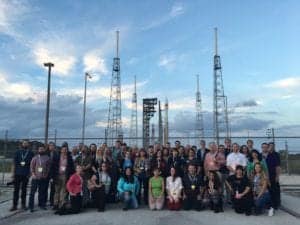

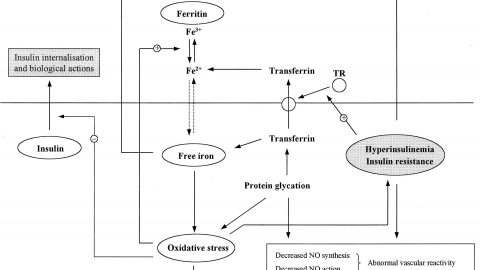
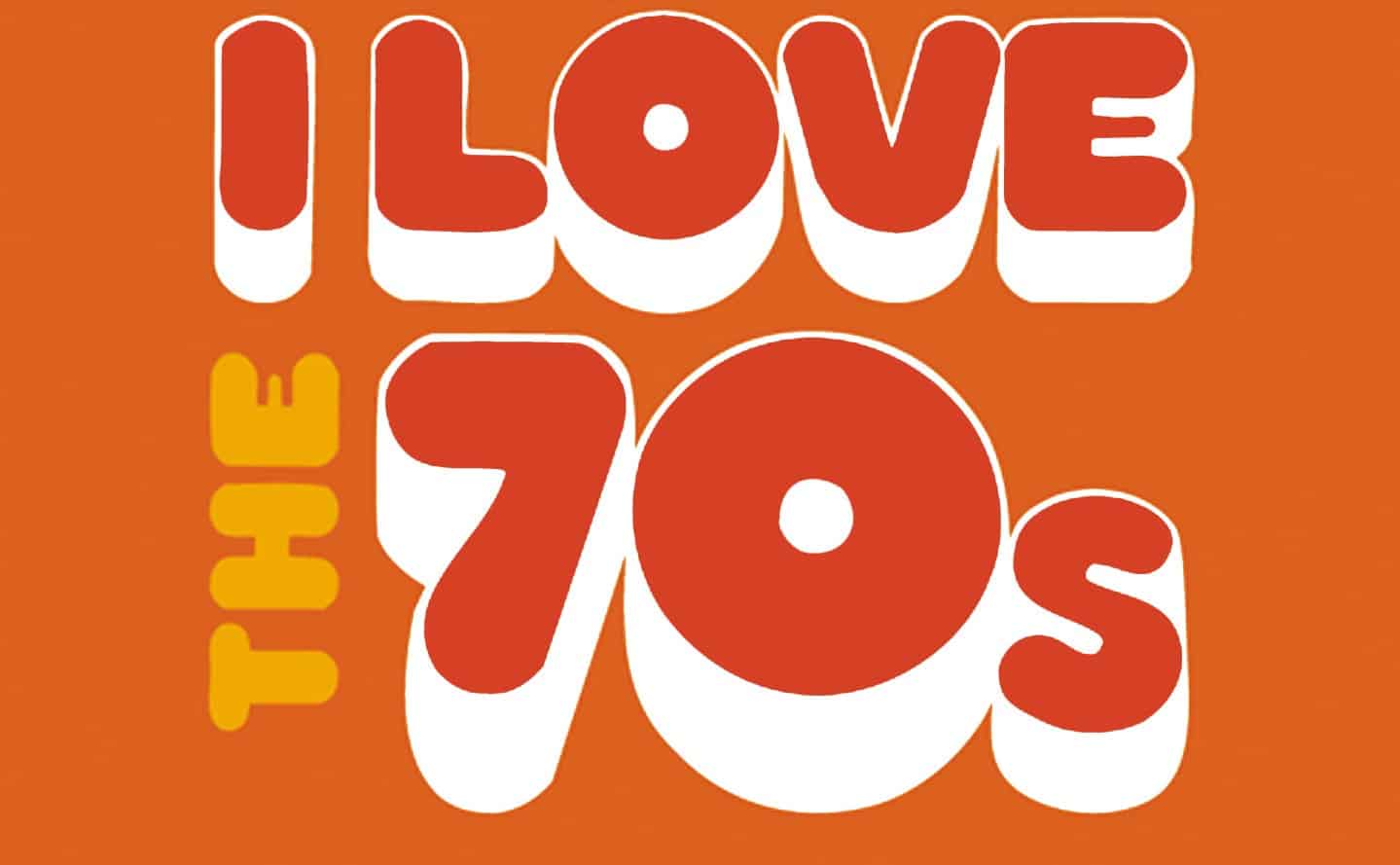
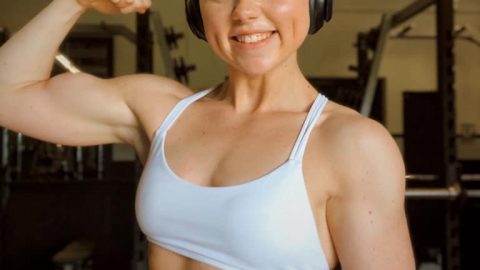
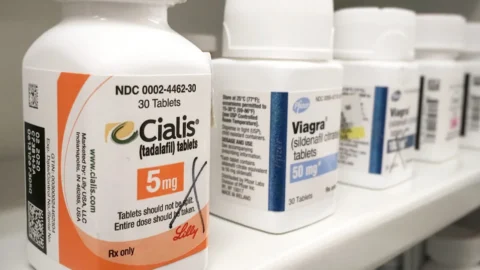
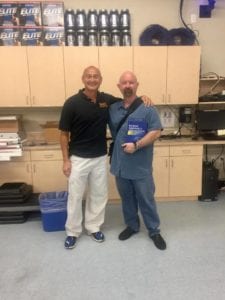

Will, do you mind putting a video to explain how to do this?
Maybe Dr Chiang and i will do a vid on the stretches etc. some day.
That’s an excellent idea (vid on stretching). Overall, out there, (in my opinion), not enough emphasis is placed on stretching–if you see it, it’s usually on the back end after someone is injured and/or is facing surgery.. Thanks again. Love your vids and website.
Very interesting post, looking forward to the next one..
Congratulations on choosing very well, not only your writters but also the subjects.. on most bodybuilding sites you can only find information on how to get big fast, not on how to do it safelly, injurie free and using the healthier approach possible.
Keep up the good work !!
Then it’s a good thing this is not a bodybuilding site! 🙂
Excellent article looking forward to the forthcoming exercises. Dont have pain as such when im working out but find that my left shoulder and elbow gives out before any other area. Mostly my shoulder dont know ifit has any bearing but im right handed.
Thanks again
Psyi
really good and informative. wish there was more quality information out there like this!
Nice article, thank you for posting, looking forward to the second installment. This is something I have had issues with quite regularly though out my life. Would love to knock it on the head!
Great article. I had this and corticosteroid injections fixed it. My wife has a lot of shoulder pain and recently had corticosteroid injections under ultrasound into the AC joint. This has relieved the shoulder pain somewhat but now has extreme pain in the area of the elbow where the tendons of the upper arm attach. She also gets a shooting pain that radiates from her elbow up her arm. She is taking nonsterodial anti-inflammatory drugs (NSAIDS) & pain killers but they do not seem to be working.
it’s ok, but my pain occurs only when I am playing circket that too while fielding & throwing the ball, even i dont get pain while bowling. I am right arm fast bowler but i never get pain in my shoulder while bowling as well as any exercisce I perfoem at GYM. The pain while throwing the ball is extream & it will be there for around 15 minutes and again it gets normal. kinldy advice if any suitable exercise or medicine i have to follow. I am really facing big trouble with this, please advice me.
Kabir, without the history and examination, it is hard for me to recommend what will help. However, it does sound like Posterior-Superior glenoid impingement which is common and throwing or overhead athletes.
Dr.
I have a problem with retraction specifically when trying to barbell squat. Also, problem with seated bb shoulder presses and seated db shoulder presses. It seems that the anterior portion of my deltoid tightens therefore restricting my ROM.
All other medial and posterior deltoid exercises are fine.
What can I do to correct this problem?. I miss doing those exercises which were a staple within my bodybuilding training program.
Nice article Will, I have had a lot of shoulder problems from when I was younger playing rugby, I used to get cortisone injections mainly in my right shoulder for a number of years but stopped this around 2001.
Around 6 months ago I hurt my right shoulder when my spotter was lifting up a 40kg dumbell to do presses with, he held it out too far and my shoulder went whilst in the process of grabbing it. I have tried deep tissue massage and even accupuncture, i have been told that i have torn both of the insertion points (only mildly) but i just cannot seem to get rid of the nagging pain. When i get therapy it only seems to make it feel worse
any suggestions would be greatly appreciated as it is holding back my progress majorly
Side note it is great to see that you are producing your own material for people to learn from and not hashing out others like a few of them out there
Regards
Sean
Hi
Thanks a lot. these Information are very helpful. i hope that see the next part of this.
Excellent article!! Very helpful!!
It would be awesome if you would do an article on “tennis elbow” and what a person could do to relieve it.
I’ll keep that in mind
This article shows great intent however for me there are some question marks over the content.
-In the orthopaedic and sports science world ‘impingement’ is beginning to be seen as a misnomer as ‘impingement syndromes are not reliant on compression of sub acromial structures to cause pain’
-There is little evidence to suggest tendons become inflamed and tendinitis has largely been replaced by the term tendonopathy to reflect the more chronic changes that occur in tendons prior to the onset of pain. Therefore rest is not always the best course of action neither NSAIDs nor steroid injections.
-The classic orthopaedic tests for impingement are… not very good
-Tissue damage does not correlate with pain some studies have sown about 28% of adults have asymptomatic full or partial rotator cuff tears
-stretching is not a useful treatment strategy.
I would be happy to write more in depth and provide extensive references to back up what I have said, I get the impression Mr Brink is keen on an evidenced based approach that works in the real world unfortunately this article does not stand up to modern scientific scrutiny and the interventions described will only have modest results in the real world.
The sports world is and will always change, I glad you brought up more scientific concerns, but I wanted to provide an overview along with personal experiences treating the shoulder. In my opinion. some orthopedic tests isn’t reliable, it need to be performed to rule out other causes of pain. In the office, I rely on pre- and post- range of motion with a pain scale to determine functionality and result of care. I treat with manipulative therapy and myofascial release technique, and have seen great results before recommending NSAIDS.
I changed my work out routine where I emphases more on heavy weights when working my shoulder and back. I notice my bench press is suffering where I not lifting as heavy as usual (295 versus 335) because of a pain in my top shoulder. I sounds like I have the impingement syndrome and concerns me because I don’t want to change my workouts. Besides not doing any overhead lifting what else can I do to heal?
Very interesting article! My first reaction would be to think it’s the early formation of arthritis. I never thought it might be an impingement. I also like that stretching motion, especially since my computer desk isn’t all that ergonomic. Thanks, this is very helpful!
Wow…..great information….I can’t tell you how awesome it is to read this article that almost exactly describes something I’ve been dealing with and provides me a better understanding of what is happening in my shoulder. Thank you, Thank you! I have been suffering miserably for years now with this problem, even had an MRI last spring and went to an orthopedic surgeon with ivy league credentials up the wazoo, but he was not able to really diagnose the mystery issue.
As described in the article the pain would be excruciating when doing either military or bench presses at the beginning of the workout. After a couple of sets it would get a little better, and after one or two more it largely goes away. I took a six month break from lifting weights one time to try and let my shoulder recover or heal, but it did not help, and a cortisone shot from the doctor didn’t help either. Since nothing worked, and faced with either not working out anymore or dealing with the pain I simply bite the bullet and take the pain each time.
I’ve been considering exploratory surgery the Ortho suggested but have not been really excited about the prospect and put it off so far. At the advice of the same orthopedic doctor I tried going to physical therapy…I only went once because my co-pay stinks, but the therapist gave me some good advice that so far seems to be helping. I am a desk jockey at work, and the way I keep my right elbow on my desk, and lean on it slightly while controlling my mouse all day was identified by the PT as something which may be a contributing factor. For the last few months I’ve been consciously trying to adjust that habit and keep my elbow tight into my body and off the desk, as well as off the center console armrest in my car while driving, per the PTs advice, and the issue seems to be getting better. The pain is not nearly as severe during the beginning of the workouts as it had been, and believe me, it used to about bring tears to my eyes. This certainly seems to backup Dr. Chiang’s point that one of the causes is keeping the arm in one position for a long time.
I still have one big issue with the shoulder similar to that included in the post by Kabir D. I cannot throw a ball overhand or sidearm. When I try I just about double over in pain and it takes a two or three minutes for the pain to subside. Also, the motion of reaching behind me, like if I’m sitting in the front seat of my car and try to reach back and grab something from the back seat will bring on an episode of pain….and truly, the pain can be extreme. I probably wouldn’t care so much, but the condition is robbing me of being able to play catch with my kids unless I throw underhand, which isn’t super effective. I feel like they are suffering too because their dad is turning into a broken down old man.
Anyway, this information is fantastic and I certainly look forward to anything else posted on this topic, or a future article by Dir. Chiang or anyone else about it. I will be standing by to absorb it all like a sponge! Thanks very much for bringing this type of content to your readers.
Its been 10 months. with frozen shoulder. More stretches would be good to know…… and how to prevent it from happening to the other shoulder. Is it true that once you have had it you can not get it again.???????? and i have read that it can last up to 3 years before it released or thaws. Is any of this true.
I had dislocation of my shoulder, how can u treat or what exercise is good for it.?
If it is a recent dislocation, have a medical professional check it out to see if there is any damage to the structures (tendon, ligament, blood vessels, nerves, bones). Many people who suffer dislocations do not have any symptoms, rotator cuff exercises in the second part of this article is a good start, plus additional deltoid exercises.
Many thanks for the shoulder info. I had been getting pain in my shoulder and top of my left arm when doing bench pressing and military press where aftet a couple of sets I was feeling pain and fategue. Turns out after talking to a doctor you were spot on, many thanks, Ali
When I’m doing this sleepers stretch movement my shoulder hurts. Only my right shoulder(injured one) what’s wrong with my shoulder?
Ive been dealing with shoulder impingement for the better part of a year and even with physiotherapy its been a very long road to recovery for what seems to be a fairly common injury.
Will.
Thank you for the information. I am at this time having the syndrome problem. Just bothers me when sleeping. Pain does not ease on ether side while sleeping. feels like shoulder is inflamed. while working out I have no pain as long as I go light. Funniest thing I have ever had happen. went to Chiropractor and next will be my Massage Practitioner.. again thank you for all your information on weight training and health.
Bill Grafmiller
Thank you Will, I do weight lifting and after a long time of exercise I have started suffering
the impingement syndrome exactly as you have describe it above, and now I understand what caused it
and how to treat it.
Yours
Meir
part II still not active or link is not working.
Fixed. Thanx for the heads up